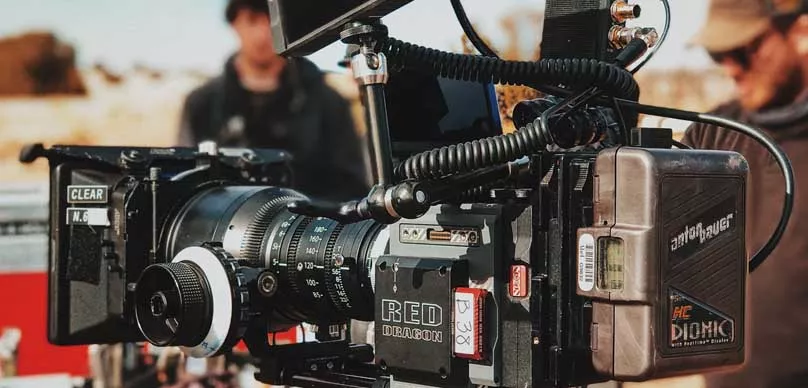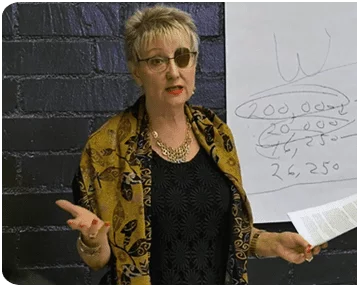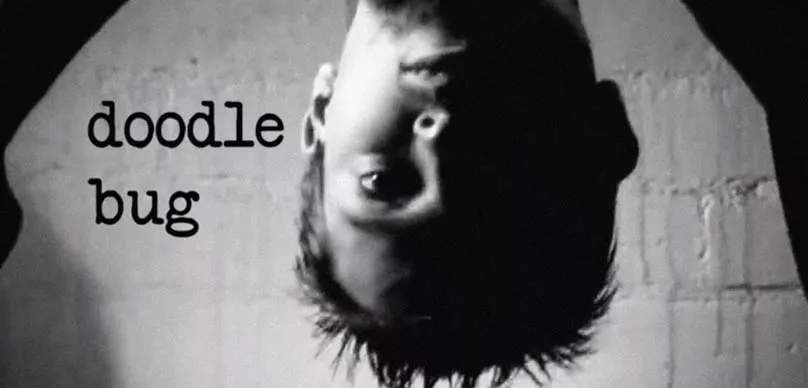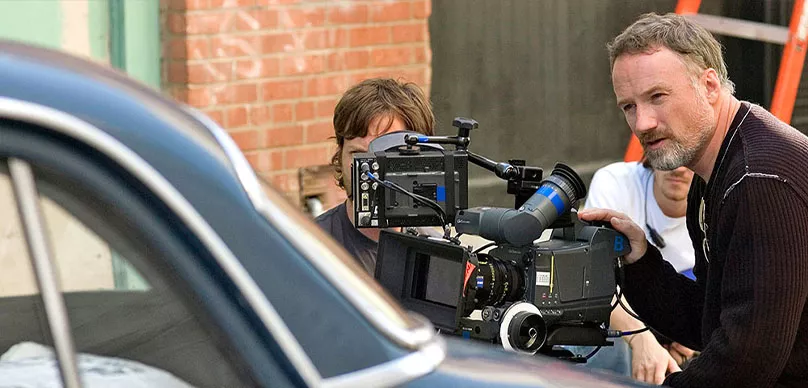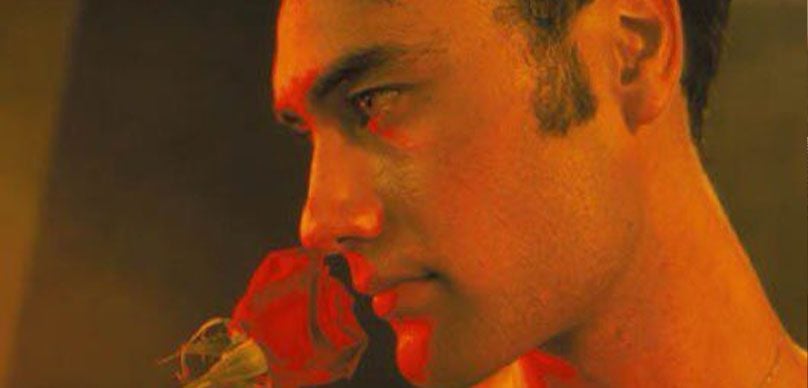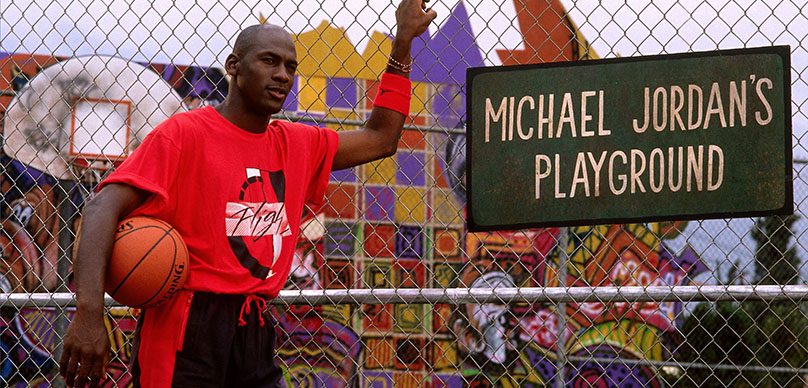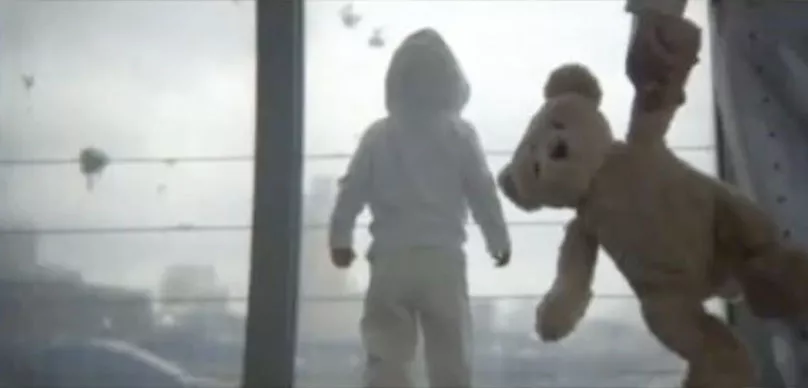Camera terms aren’t just jargon for one exclusive department to throw around like code as they shout at each other across the set. Everyone working on the film should be privy to them and use them day-to-day in order to get things done efficiently. Here are 20 camera terms that every crew member should know:
AKS – Abbreviation for accessories. Often labeled on the boxes of camera equipment.
Camera Left/Camera Right – The direction of left and right in relation to the direction the camera is facing. Usually opposite the subject’s left and right.
Check The Gate – Called out after a take that the Director is satisfied with, for the 1st AC to check the internal part of the film camera called the gate. They check for any signs that may cause the film to be unusable in that previous take. Nowadays, as we use digital media rather than film stock, some people use the term ‘check the chip’ as there is no film gate but a camera hard drive. The 1st AC may playback the last take on the camera to ensure there were no technical faults.
Cowboys – A shot that is framed just above the knees of the subject.
Crossing – Called out as you walk in front of the lens if the camera operator is lining up the shot. Courteous to let them know you will block their shot momentarily but are passing through.
Cutaway – A shot of something that isn’t directly related to the action sequence. E.g. A cutaway shot of a clock, as a student rushes down a hallway late to class.
Dirty – Something is in the foreground of the shot. E.g. An actor’s shoulder or some set dressing.
Eyeline – Where an actor looks relative to the camera. This may be adjusted on different camera setups to ensure the shots can be cut together smoothly.
First Position (Ones) – The place where an actor starts in the scene. They may then have a move to a second position and so on.
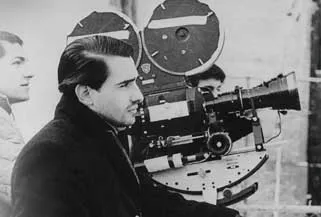
Want to watch more short films by legendary filmmakers?
Our collection has short films by Martin Scorsese, Quentin Tarantino, the Coen Brothers, Chris Nolan, Tim Burton, Steven Spielberg & more.

Want to watch more short films by legendary filmmakers?
Our collection has short films by Martin Scorsese, Quentin Tarantino, the Coen Brothers, Chris Nolan, Tim Burton, Steven Spielberg & more.
Jam – To sync something, usually the camera to the sound time code.
Marks – Colored tape, sausage-shaped bags, or t-markers put on the ground to help the performers know where to stand. It can also be used as focus marks or dolly marks to help the camera and grip team through their camera moves.
Master – A camera setup that runs the entire scene and keeps all characters in view. Often used as an establishing shot of the scene. Most directors will begin by shooting the master coverage of a scene and then move onto the closer coverage of singles, etc.
MOS (Mute On Sound or Mit Out Sound) – Rolling cameras without recording sound. MOS is written on the slate so those in post-production know there are no sound files to sync with the takes.
Off Screen – The actor is not in the camera frame but is still required to be on set for an eyeline or to deliver their dialogue for the other actors.
POV (Point of View) – A shot taken from the view of the subject. Normally what the actor is looking at but can be the POV of any item. E.g. An animal’s POV looking up at its owner.
Second Sticks – The first clap was missed so the 2nd AC does a second clap and calls “second sticks” so the post-production team can sync the sound and image effectively.
Singles – A close-up shot containing just one character.
Slate (Clapper Board) – The clapper board used by the 2nd AC’s to put an ID on each take so the editor can easily see what scene this shot is for and what take it is. It is also used to sync the sound between the camera takes and sound rushes during post-production.
Spraying – When spraying any aerosol such as hairspray or water around the camera, it’s considerate to call “spraying” so the camera department can either cover up the lens or turn the camera away from where you are so nothing goes on the lens.
Tail Slate/End Slate – The clapper board is added at the end of a take rather than at the beginning. The slate is turned upside down or 90 degrees to identify it is a tail slate.
Matt Webb is the author of Setlife: A Guide To Getting A Job in Film (And Keeping It). He is an Assistant Director with credits including The Great Gatsby, Mad Max: Fury Road, Hacksaw Ridge, Pirates of the Carribean and Alien: Covenant.
Setlife: A Guide To Getting A… is a must-have guide designed to prepare you for what happens on a typical day on a film set. Matt Webb’s no-fuss, practical tips are essential reading for anyone chasing a career in the film industry. The book is available for $25 from Amazon.

